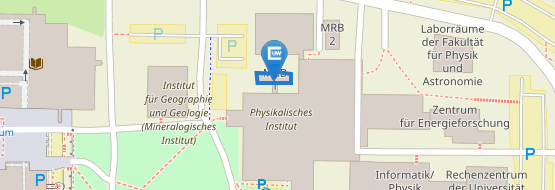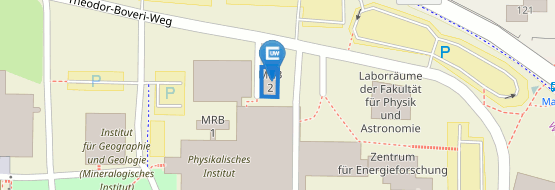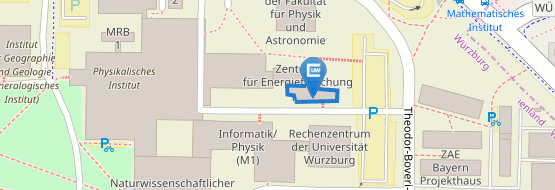Plant imaging
| Plant imaging |
Our group has a long standing track record in NMR experiments on plants. Experiments are performed using Ultra-High Field Scanners (7T, 11.7T and 17.6T) as well as a portable Low-Field Scanner (0.5T).
Using a various set of custom-built NMR coils adapted for different purposes, seeds, seedlings at various stages of their development, small fully developed plants, liana and truncated twigs can be measured.
A dedicated high-pressure autoclave allows imaging at pressures up to 20 MPa.
Plant experiments demand a lot of adaptation of hardware as well as pulse sequences compared to measurements on animals or humans for the following reasons: Plant tissue usually has very short T2, T2* and quite long T1 relaxation times. Air filled spaces often cause problems due to strongly varying magnetic field inhomogeneities. The electric conductivity of plant tissue is generally very low compared to animal tissue which results in very different loading of coils. Flow velocities of water and metabolites in plants are up to 1000 times lower than in animals.
The most prominent NMR results for plants at present are: Flow velocities in xylem and phloem can be measured with high accuracy under normal and stress conditions. Water and Lipid distributions in plants can be mapped under drought stress and osmotic stress. Distribution of sugars, lipids and secondary metabolites in plant stems can be detected. Metabolism studies on plants are possible using 13C and 15N labeled substrates. Salinity stress can be monitored using 23Na NMR.
Using the high-pressure setup the ingress of supercritical 13CO2 into green wood and the subsequent removal of water from the wood can be monitored.







